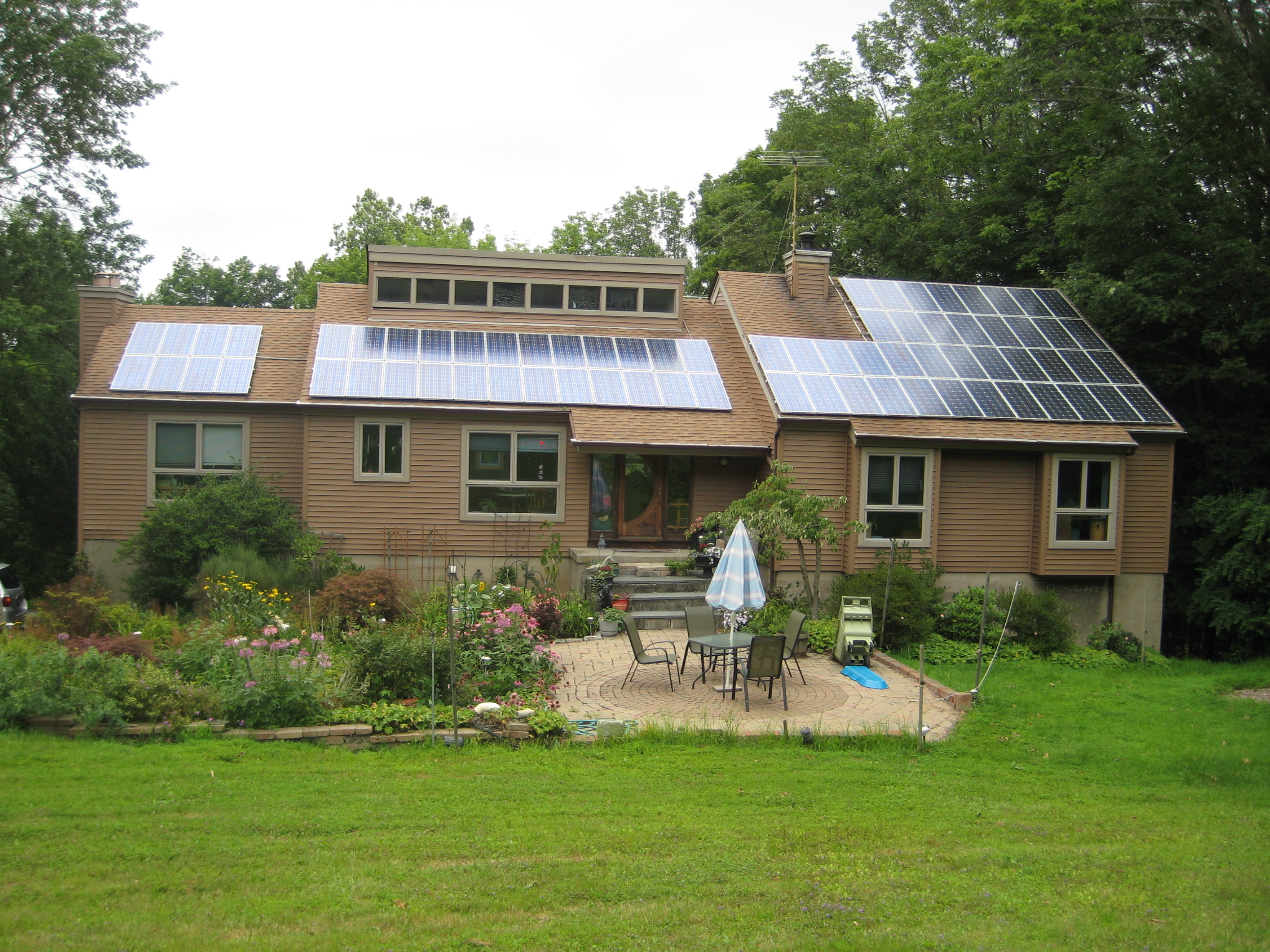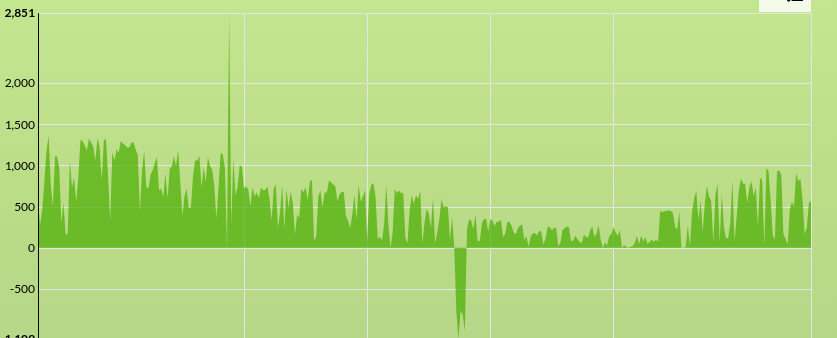Abstract
Our planet is livable because our sun provides energy in the form of light and heat. The plants use photosynthesis to grow. The sun warms the ground, which warms the air, which in tern warms us.
What if we could use the sun’s energy to produce electricity to power our machines? Well, we can, using photovoltaic panels.

The Sun
The Sun is the star at the center of the Solar System. It is a massive, hot ball of plasma, inflated and heated by energy produced by nuclear fusion reactions at its core. Part of this energy is emitted from its surface as light, ultraviolet, and infrared radiation, providing most of the energy for life on Earth. SUN
This ball of fire produces about 1,000 W/m2 (Watts per square meter) under ideal conditions. For example, on March 29 at Noon my house saw 722.6 W/m2 of solar radiation.
How much of the sun’s energy reaches the earth? Basically, it’s “Less than 1 billionth”
How does the Sun heat the earth
One of the most important functions of the Sun is heating the earth. Without this heat live on earth would not exist. Lets start by exploring how the sun heats the earth.
Photosynthesis and Food
So now that we have heat from the sun, we need to use the energy from the sun to make food. The process is known as photosynthesis. Photosynthesis causes plants to convert energy from the sun into living matter.
Where do Fossil Fuels come from?
We have seen how plants create growing things from water, CO2 and sun light. But how do we get Crude oil from plants?
Electricity from the Sun
Up to now we have focused on the sun creating heat and food from the sun’s energy. By burning of fossil fuels stored in the earth we get energy to power our electric generators. The down side of this burning fossil fuel is an increase in carbon dioxide in the atmosphere. This increase will take many centuries to return to the ground through photosynthesis. This extra CO2 is causing our planet to warm, and creating more extreme weather conditions.
We need energy to power of life styles today, so we need something that does not produce carbon dioxide. By learning from the plants, we have learned how to create electrical energy from the sun.
How Solar Panels work
How Solar panels fit out Systems
Now that we understand how to convert sun light into electricity, let’s look at the whole solar power system.
Plants vs Solar Panels
One question I have heard is which is better, plants or solar panels at using the sun’s light.
My System

As some of you know, I have solar panels on my roof. These panels were installed in February 2004. This is my old system which is being replaced.
The system consists of 72 panels and each panel is 120 watts for a total of 8640 watts. These panels are connect to 3 inverters in my garage where they connect to the electric meter. For the year 2023 they produced 5286 KWh of power, about 1/3 my total usage for the year.
The metering methods for these inverters was not very good. But I have some records of how they did. As of 20 April 2019 I recorded a total of 95931 KWh.
For a view of how my panels worked over the last year have a look at this chart.

In the Future
Currently, my old solar panels have been removed, since they are replacing my roof. Once they finish the roof I will be having a new set of solar panels installed.
The new system will contains 40 panels, with each panel rated at 410 watts for a total of 16400 watts. This is about a doubling of size in in capacity. But the new system is designed to generate 15176 watts per year, 3 time as much power as I got last year.
The increase is due to two factors. First, the new panels are almost twice as efficient as the old panels. Second, I will be moving from 3 string inverters, which each handled 24 panels, to 40 micro inverters, basically one inverter per panel. The micro inverters are designed to allow each panel to work independently.
Questions?
Written by John F. Moore
Last Revised: Mon Apr 15 07:44:26 PM EDT 2024

This work is licensed under a Creative Commons Attribution-NonCommercial-ShareAlike 3.0 Unported License.
